Welding of housings with interlayers
Titanium to Kovar© and Invar© using copper interlayer
- Dissimilar welding
- Welding with using interlayer materials
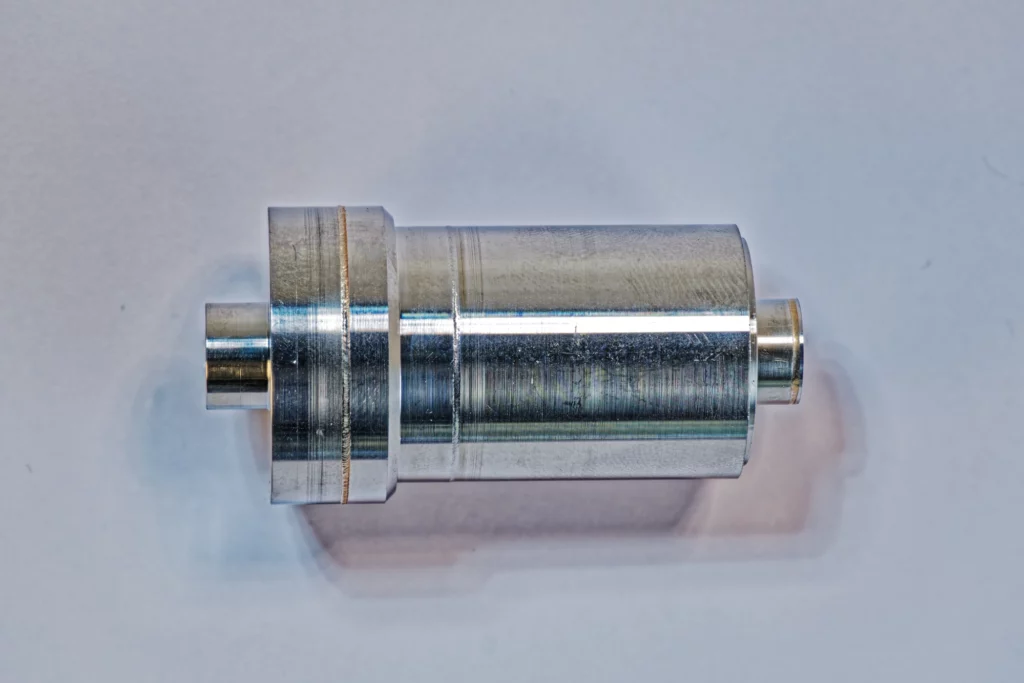
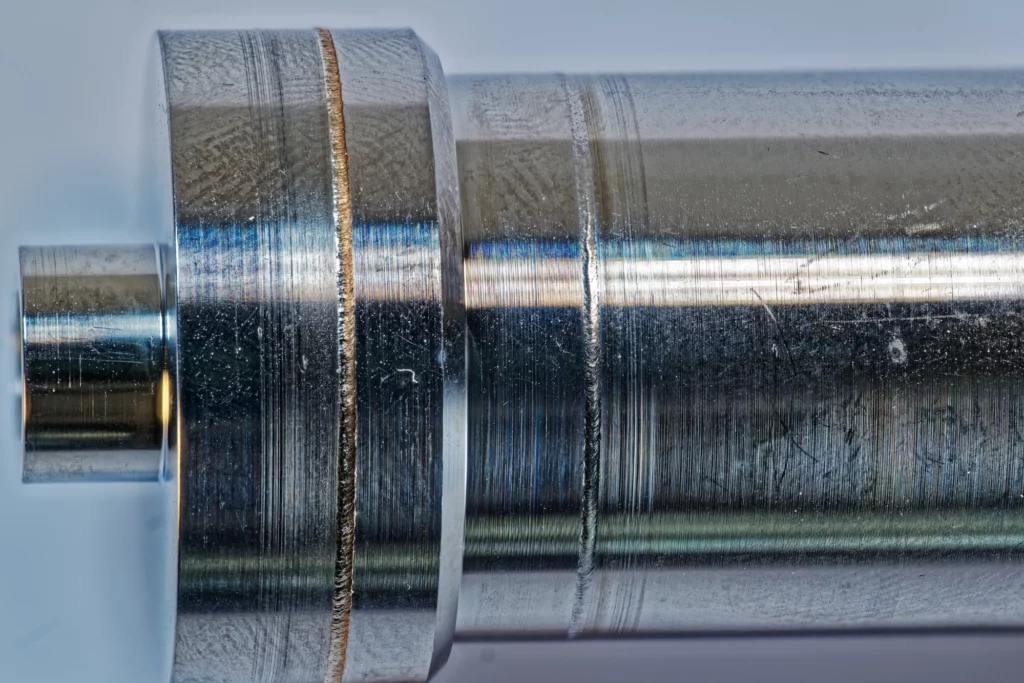
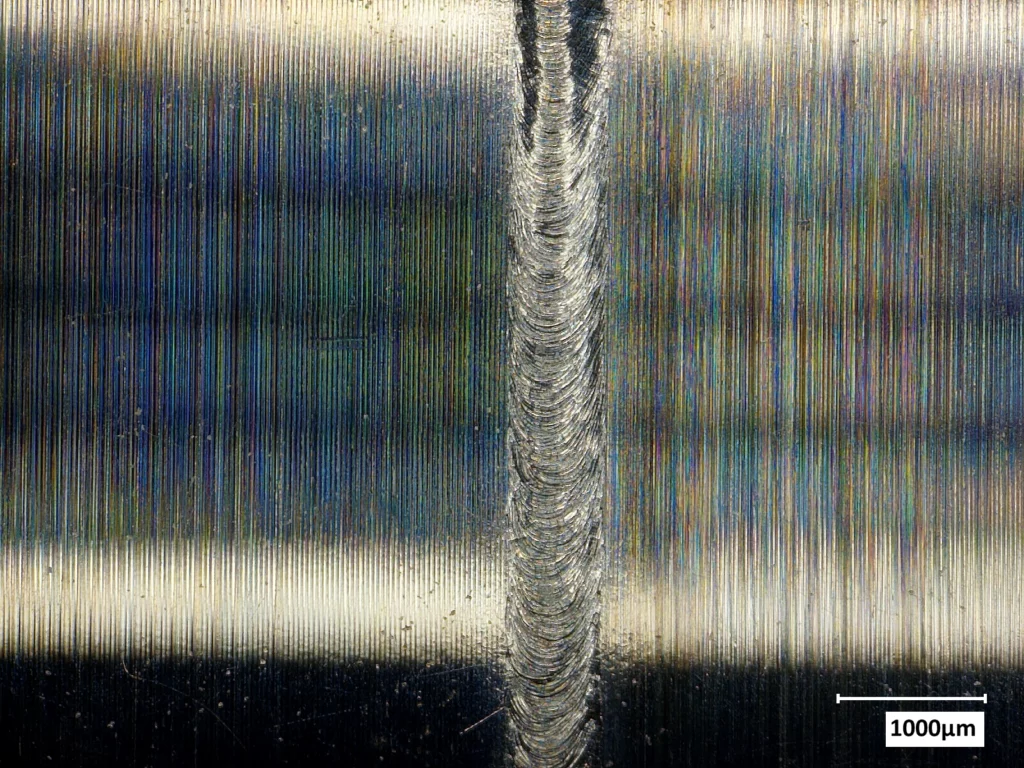
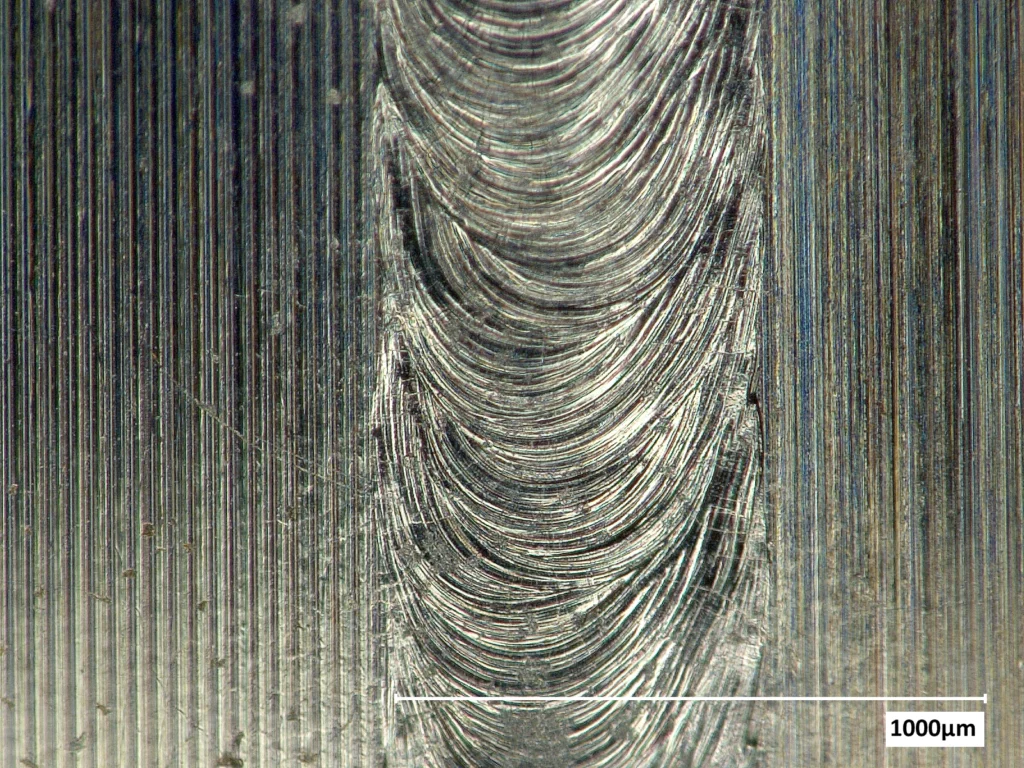
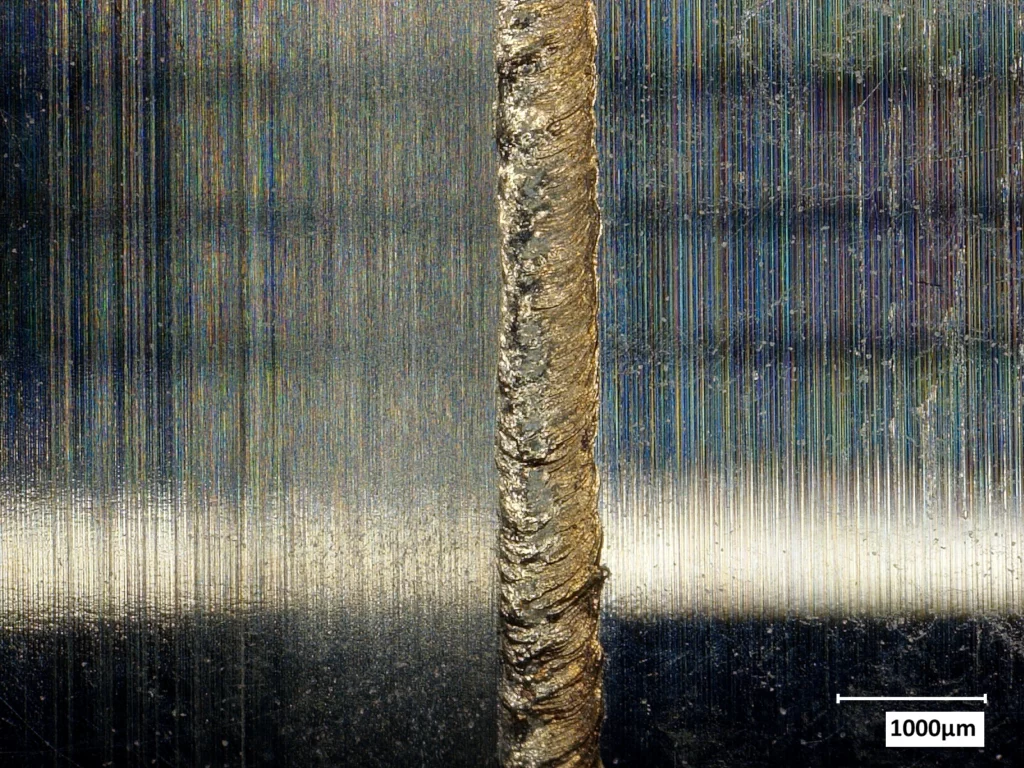
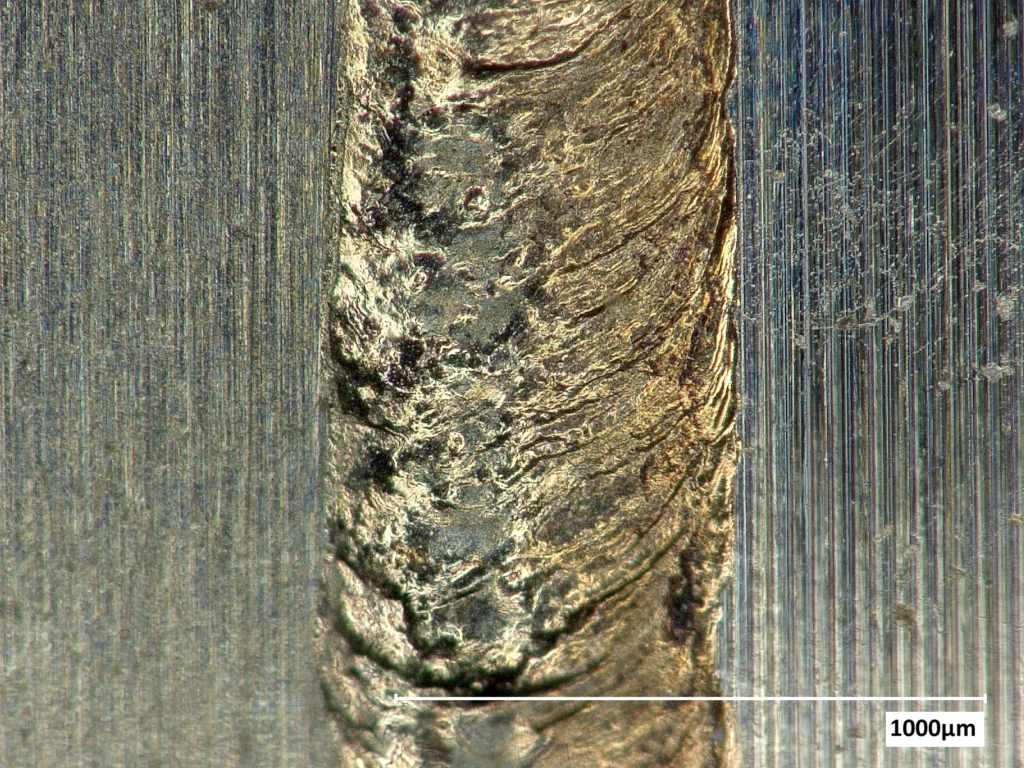
Electron beam welding is perfectly suitable for welding dissimilar materials. In some cases, e.g. when welding Titanium with Kovar© and Invar©, a reliable joining is only possible with intermediate materials such as copper. Since the coefficients of thermal expansion of Kovar© (54% Fe – 29% Ni – 17% Co) and especially of Invar© (64% Fe – 36% Ni) are very low (5 and 1.6*10-6 1/°C), a direct welded joint with titanium is practically impossible. And even if such a joint is obtained, it is fragile and cannot fulfil the strength requirements of the joint.
